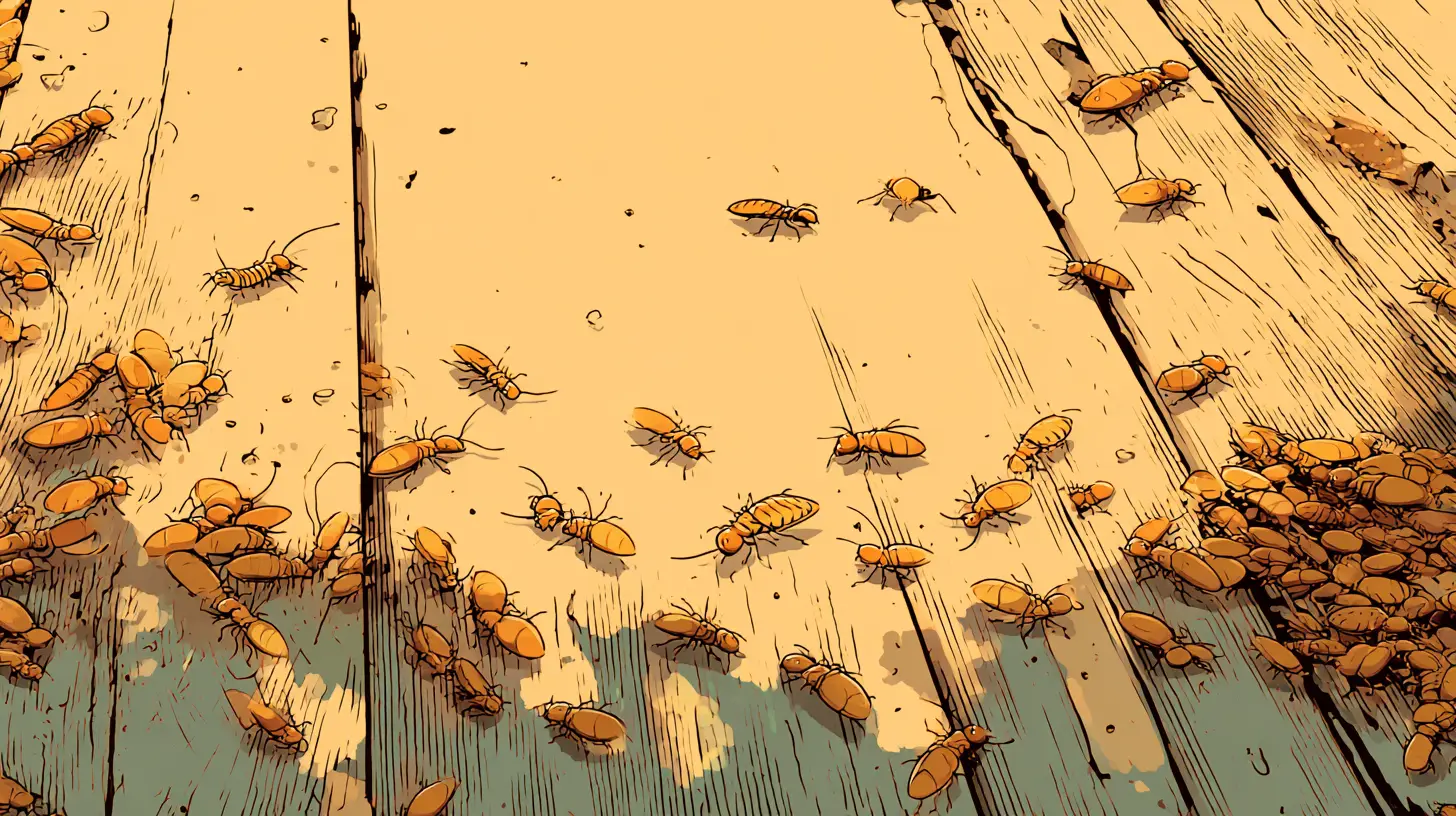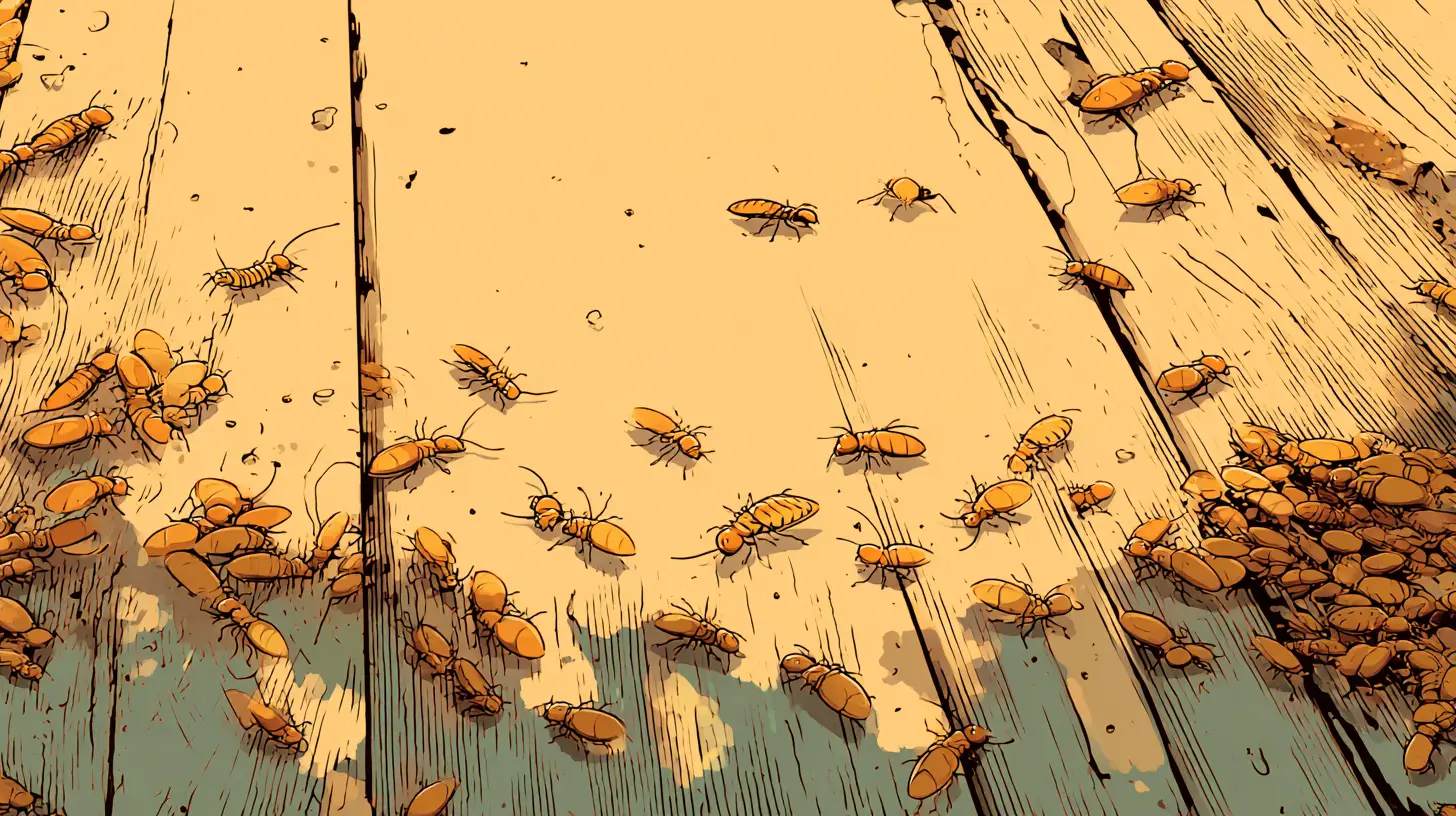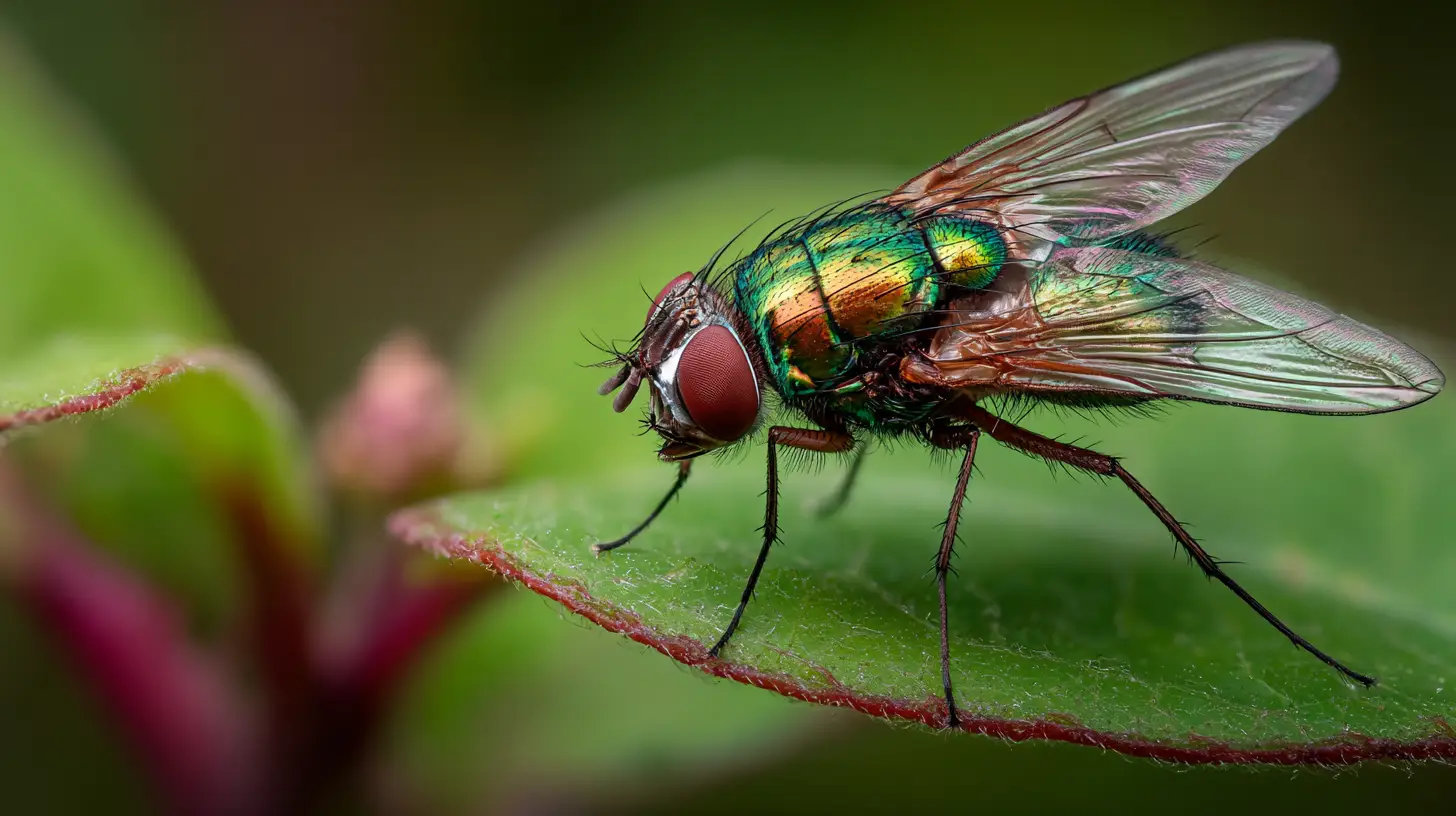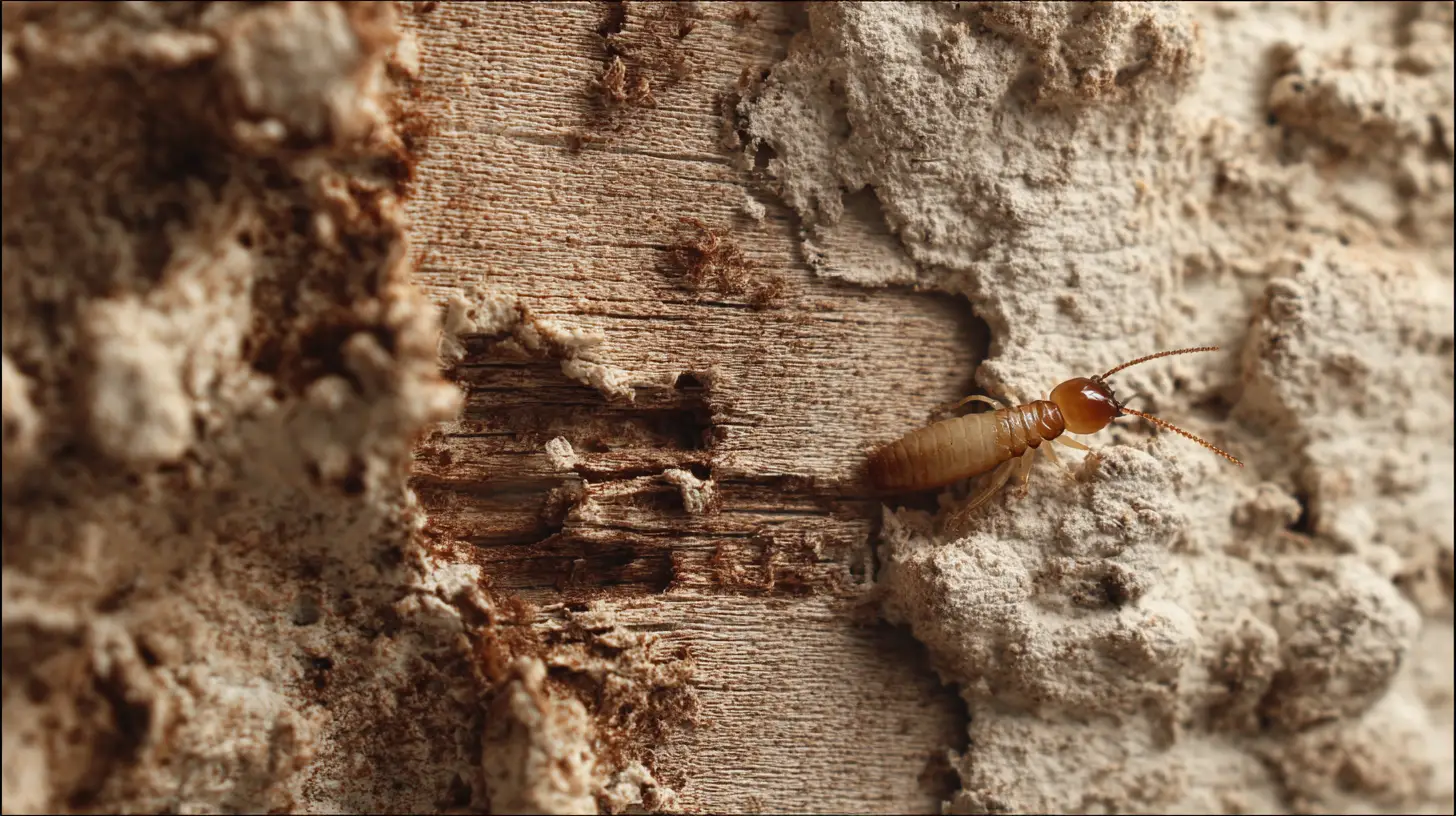
Table of Contents
Preventing weeds before they germinate is the most effective strategy for maintaining a beautiful lawn in Lakewood Ranch, Florida. Pre emergent herbicides create an invisible barrier in your soil that stops weed seeds from sprouting, giving your desirable grass the competitive advantage it needs. This comprehensive guide covers the best pre emergent herbicides in Lakewood Ranch, FL, along with proper timing, application techniques, and fertilizer combinations.
Key Takeaways
- Timing is Everything: Apply before soil temperatures trigger weed germination—mid-February for summer weeds, late October for winter weeds.
- Know Your Grass: St. Augustine has different sensitivities than Bermuda or Zoysia—always verify product compatibility.
- Two Applications Annually: Spring application targets summer weeds; fall application prevents winter annuals.
- Separate vs. Combined: Weed-and-feed products offer convenience; separate applications provide maximum flexibility.
- Water In Properly: Most pre-emergents require irrigation activation within 24-48 hours of application.
- Plan for Reseeding: Pre-emergents prevent all seed germination, including desirable grass seed, for months after application.
Understanding Pre Emergent Herbicides for Lakewood Ranch Conditions
Lakewood Ranch, located in Manatee County’s USDA Zone 9B, experiences a warm, humid climate that supports year-round weed pressure. Our warm-season grasses—St. Augustine, Bermuda, Zoysia, and Bahia—thrive in spring and summer but become semi-dormant during cooler months, creating opportunities for weeds to establish.
Common lawn weeds in Lakewood Ranch include:
- Summer annuals: Crabgrass, goosegrass, foxtail, barnyardgrass
- Winter annuals: Annual bluegrass (Poa), chickweed
- Broadleaf weeds: Spurge (Chamberbitter), oxalis (woodsorrel)
Pre emergent herbicides work by creating a chemical barrier in the soil that prevents weed seeds from germinating. The key to success is timing—applying these products before soil temperatures reach the germination threshold for target weeds.
Critical Timing for Pre Emergent Herbicides in Lakewood Ranch
Spring Application (Primary Treatment)
When: Mid-February to early March in central Florida Target: Summer annual weeds like crabgrass Soil Temperature Trigger: Before soil reaches 65°F consistently Duration: Provides protection through summer growing season
Fall Application (Secondary Treatment)
When: Late October to early November Target: Winter annual weeds like annual bluegrass and chickweed Purpose: Prevents cool-season weeds from establishing during grass dormancy Duration: Protects through winter and early spring
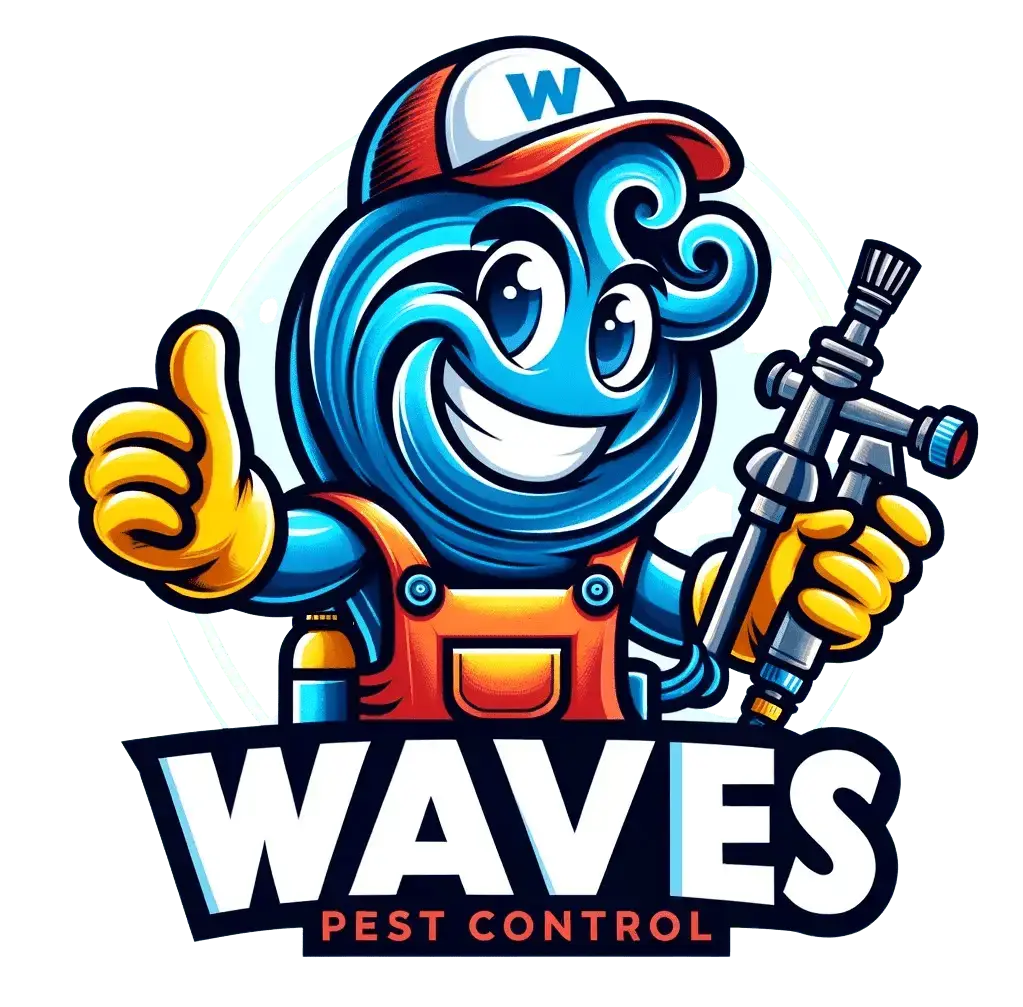
Get Pest-Free Today!
Trust Waves Pest Control for expert pest solutions in Florida. Call now or request your free quote online!
Request a QuoteTop Pre Emergent Herbicide Products for Lakewood Ranch
Convenient “Weed-and-Feed” Options
Scotts Turf Builder Halts Crabgrass Preventer with Lawn Food
Active Ingredients: Pendimethalin 1.29% + 30-0-4 fertilizer
Target Weeds: Crabgrass, barnyardgrass, foxtail, annual bluegrass, chickweed, oxalis
Turfgrass Compatibility: Safe on all warm-season grasses including St. Augustine, Bermuda, Zoysia, and Bahia
Application Guidelines:
- Apply once in early spring before temperatures consistently reach 80°F
- Water in with ¼-½ inch of irrigation
- Provides season-long grassy weed control plus nitrogen boost
- Do not overseed for 12 weeks after application
Benefits: Single application combines weed prevention with early season fertilization
Cautions: Can stain concrete surfaces; toxic to aquatic life—avoid application before heavy rain
Preen Lawn Crabgrass Control
Active Ingredients: Dithiopyr (Dimension) 0.19%
Target Weeds: Crabgrass, chickweed, henbit, yellow foxtail, spurge
Turfgrass Compatibility: Labeled for all established warm-season lawns
Application Guidelines:
- Apply in early spring or fall before weed germination
- Provides 3-4 months of residual control
- Can control young crabgrass up to 4 weeks after emergence
- Must be watered in after application
Benefits: Longer window of application than some pre-emergents; post-emergence activity on young weeds
Professional Separate Application Programs
For maximum flexibility and control, many Lakewood Ranch homeowners prefer applying pre-emergent herbicides and fertilizers separately.
Pendimethalin (Pendulum 2G Granules)
Active Ingredients: 0.3% pendimethalin
Target Weeds: Crabgrass, annual bluegrass, spurge, oxalis, various annual grasses
Turfgrass Compatibility: Approved for St. Augustine, Bermuda, Zoysia, Bahia
Application Program:
- Apply pendimethalin in early spring to dry lawn
- Follow with balanced fertilizer (15-0-10 or 20-0-12) 2-4 weeks later
- Residual control: 8-10 weeks (may need reapplication for season-long control)
Benefits: No fertilizer restrictions; can customize nutrition program
Cautions: Shorter residual than some alternatives; can stain surfaces; aquatic toxicity
Prodiamine (Barricade 65WG)
Active Ingredients: 65% prodiamine
Target Weeds: Crabgrass, goosegrass, annual bluegrass, henbit, spurge
Turfgrass Compatibility: Safe on all common warm-season grasses
Application Program:
- Single spring application provides 4-6+ months of control
- Alternative: Split application (half-rate fall + half-rate spring)
- Apply separately from fertilizer (label prohibits mixing)
- Follow with fertilizer program 2-3 weeks later
Benefits: Longest-lasting residual control; excellent for season-long protection
Cautions: Cannot mix with granular fertilizers; extended restriction on new seeding
Dithiopyr (Dimension 2EW Liquid)
Active Ingredients: 21.4% dithiopyr
Target Weeds: Crabgrass (preventive and early post-emergence), various annual grasses
Turfgrass Compatibility: Safe on all listed Florida grasses
Application Program:
- Liquid spray application in March during weed germination
- Provides approximately 12 weeks of control
- Follow with separate fertilization program
- Can control crabgrass up to 4-leaf stage
Benefits: Dual pre- and post-emergence activity; precise application control
Organic Pre Emergent Options for Lakewood Ranch
Corn Gluten Meal Programs
Active Mechanism: Protein byproduct that inhibits root formation in germinating seeds
Nutrient Content: Approximately 10% nitrogen
Target Weeds: Crabgrass, dandelions, clover, chickweed
Application Program:
- Apply 20 lbs per 1,000 sq ft in late winter (15-30 days before weed germination)
- Repeat application in fall for winter weeds
- Supplement with organic fertilizers (Milorganite, Espoma) in spring and summer
Benefits: Chemical-free option; adds organic nitrogen
Limitations:
- Mixed research results on effectiveness
- Requires heavy application rates
- High nitrogen content may exceed recommended limits
- Multiple years needed to see gradual improvement
Organic Fertilizer Supplements
Milorganite (6-2-0): Biosolid-based slow-release fertilizer safe for all warm-season turf
Espoma Lawn Food (15-0-5): Organic blend suitable for Bermuda, St. Augustine, Zoysia, and Bahia
Application Strategy: Use organic pre-emergents in February and October, supplement with organic fertilizers in March and June
Application Best Practices for Lakewood Ranch
Pre-Application Preparation
Lawn Assessment:
- Ensure grass is healthy and established
- Avoid application to stressed or newly planted turf
- Wait until existing grass shows signs of spring green-up
Weather Considerations:
- Apply to dry lawn surfaces
- Avoid application before heavy rainfall (reduces effectiveness)
- Choose calm days to prevent drift
Application Techniques
Granular Products:
- Use calibrated spreader for even distribution
- Apply in crisscross pattern for uniform coverage
- Sweep granules off hard surfaces immediately
- Water in according to label directions (typically ¼-½ inch)
Liquid Products:
- Use proper spray equipment with appropriate nozzles
- Maintain consistent spray pressure
- Add spray indicator dye for visibility
- Ensure thorough soil contact
Post-Application Care
Watering Requirements:
- Most products require watering within 24-48 hours
- Apply recommended amount (usually ¼-½ inch)
- Light irrigation activates the herbicide barrier
Mowing Considerations:
- Can mow before or after application
- No special mowing restrictions for most pre-emergents
- Maintain proper mowing height for grass type
Fertilization Programs for Lakewood Ranch Lawns
When using separate pre-emergent and fertilizer applications, follow UF/IFAS recommendations:
Spring Program (March-May)
- Apply pre-emergent in mid-February
- Follow with slow-release fertilizer 2-4 weeks later
- Use low-phosphorus formulations (15-0-15, 20-0-12)
- Apply no more than 1 lb nitrogen per 1,000 sq ft per application
Summer Program (June-August)
- Continue with slow-release nitrogen applications
- Consider iron supplements for enhanced green color
- Adjust timing based on local fertilizer ordinances
Fall Program (September-November)
- Apply pre-emergent for winter weeds in late October
- Reduce nitrogen applications as grass enters semi-dormancy
- Focus on potassium for winter hardiness
Safety and Environmental Considerations
Personal Protection
- Wear long sleeves, pants, and gloves during application
- Use eye protection when handling granular products
- Wash hands thoroughly after application
- Keep children and pets off treated areas until watered in
Environmental Stewardship
- Prevent granules from entering storm drains or water bodies
- Follow local fertilizer ordinances (Manatee County restrictions)
- Clean up spills on hard surfaces immediately
- Avoid over-application which can lead to groundwater contamination
Common Mistakes to Avoid in Lakewood Ranch
Timing Errors
- Too Late: Applying after weeds have already germinated
- Too Early: Applying when soil is too cool for activation
- Wrong Season: Forgetting fall application for winter weeds
Application Issues
- Poor Coverage: Uneven distribution leading to breakthrough weeds
- Insufficient Watering: Not activating the herbicide barrier
- Surface Contact: Allowing granules to remain on concrete or stone
Product Selection
- Wrong Grass Type: Using products not safe for St. Augustine
- Combination Products: Using 2,4-D combinations on sensitive grasses
- Over-Application: Exceeding label rates thinking more is better
Frequently Asked Questions (FAQs)
When should I apply pre emergent herbicides in Lakewood Ranch?
For Lakewood Ranch, apply pre-emergent herbicides in mid-February (before soil reaches 65°F) to prevent summer weeds like crabgrass. Make a second application in late October to prevent winter annuals like chickweed and annual bluegrass.
Can I use pre emergent herbicides on St. Augustine grass?
Yes, products containing pendimethalin, prodiamine, or dithiopyr are safe for St. Augustine grass. Avoid combination products containing 2,4-D or dicamba, which can damage St. Augustine. Always check the product label for St. Augustine compatibility.
How long do pre emergent herbicides last in Lakewood Ranch’s climate?
Duration varies by active ingredient: pendimethalin provides 8-10 weeks of control, dithiopyr lasts about 12 weeks, and prodiamine can provide 4-6+ months of protection. Florida’s warm, humid climate and frequent rains may reduce residual time.
Can I overseed after applying pre emergent herbicides?
No, pre-emergent herbicides prevent all seed germination, including desirable grass seed. Wait 3-4 months after application before overseeding, or check the specific product label for reseeding restrictions.
Should I use weed-and-feed or separate applications?
Weed-and-feed products offer convenience and are suitable for routine maintenance. Separate applications provide more flexibility in timing and product selection, allowing you to customize fertilizer rates and types to your lawn’s specific needs.
What happens if I apply pre emergent herbicides too late?
If applied after weeds have germinated, pre-emergent herbicides will have limited effectiveness on existing weeds. Some products like dithiopyr can control very young crabgrass, but post-emergent herbicides may be needed for established weeds.
Do I need to water in pre emergent herbicides immediately?
Most products should be watered in within 24-48 hours of application with ¼-½ inch of water. This activates the herbicide and moves it into the soil where it forms the protective barrier. Check the specific product label for watering requirements.
Can organic pre emergent herbicides work in Lakewood Ranch?
Corn gluten meal can provide some pre-emergent activity but research shows mixed results, especially under heavy weed pressure. It requires high application rates and multiple years to show gradual improvement. Synthetic pre-emergents are generally more reliable for consistent weed prevention.

